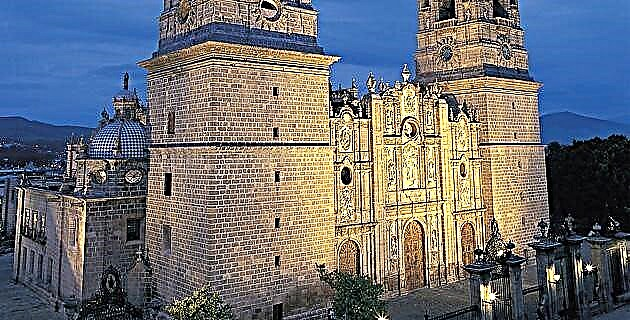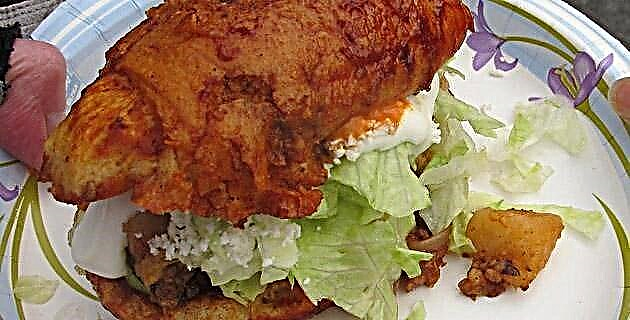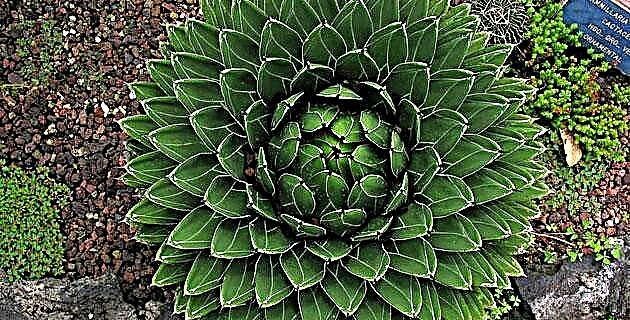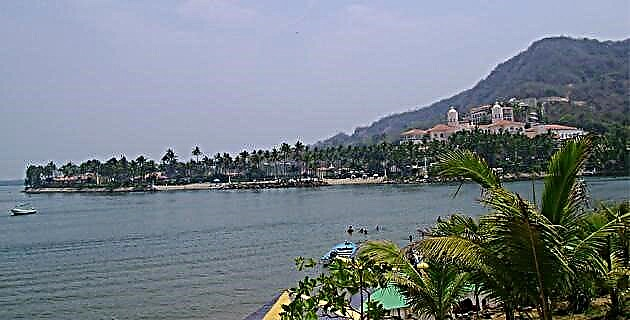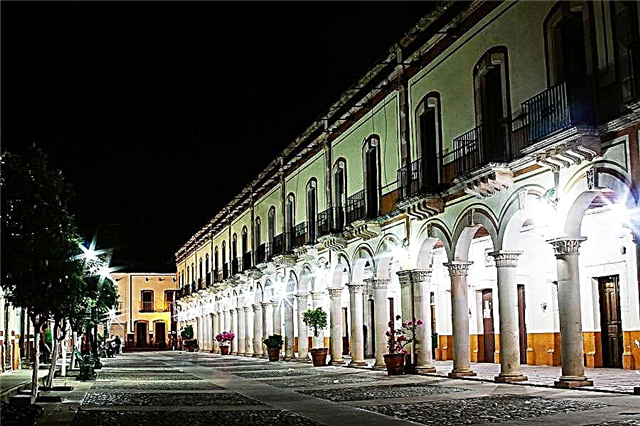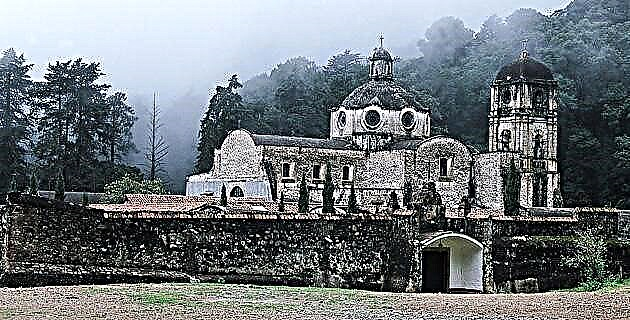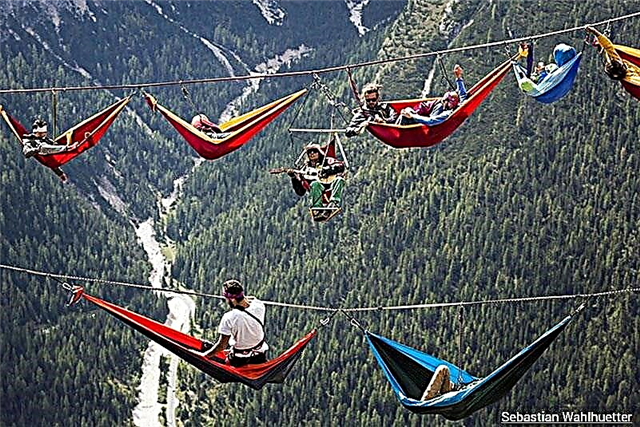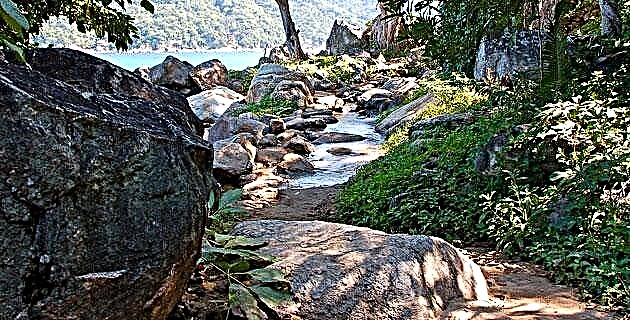
Yelapa is a heavenly place. Upon meeting him, I was able to understand why some visitors go for a day, and decide to stay for up to several years.
We arrived in Puerto Vallarta one sunny morning. Located in the state of Jalisco, on the Pacific coast, Puerto Vallarta is a must-see tourist destination. On the opposite side of the town, in the popular Playa de los Muertos -now known as Playa del Sol-, there is a jetty where boats and pangas dock that, throughout the day, come and go between the port and Yelapa. You can also leave the Rosita pier, the oldest in the place, at the beginning of the boardwalk; or from Boca de Tomatlán, fifteen minutes by car on the Barra de Navidad highway. Right there, the road heads into the mountain, so the only way to get to Yelapa is by boat.
The panga we boarded was loaded to the top; only one of the passengers was carrying several boxes of provisions, a lame dog, and even a ladder! We did a half hour drive south; We stopped at Los Arcos, natural rock formations over 20 meters high, which have become the symbol of Puerto Vallarta. Between the tunnels or "arches", a marine sanctuary is housed where people dive and snorkel. There, we picked up the mail that came in another boat and we continued sailing before the capricious forms of the mountains that are introduced into the sea. We stopped once more, at the Quimixto cove; then at Playa de las Ánimas, with white sand, where only two houses are discovered. We continued the journey, refreshed with cold beers, and finally entered the small bay at the southern end of the Bay of Banderas.
The show dazzles. Facing the aquamarine view of the ocean, and nestled in the middle of the mountains, looms a village, mostly made up of palapas surrounded by palm trees and lush tropical undergrowth. To top it off, a magnificent waterfall highlights its blue against the green background. The scene seems to have emerged from the Polynesian Islands. Yelapa has a bohemian spirit. Its friendly inhabitants show, with enthusiasm and affection, the wonders that surround the population. Accompanied by Jeff Elíes, we toured Yelapa from end to end. In addition, he invited us to his house, located at the top of the mountain.
In general, high ceilings are used, the architectural plants have rectangular shapes, and there are no walls that prevent you from enjoying the panorama. There are no keys, because almost no house has a door. Until recently, most houses had thatched roof. Now, to avoid scorpions, local people have incorporated tiles and cement. The only disadvantage is that during the summer their houses become real ovens, since the breeze does not flow the same. Foreigners keep the original palapas. The population does not have electricity, although some houses take advantage of sunlight; the four restaurants illuminate the dinner with candles; and, at night, people light the way with flashlights -which are an essential tool-, since everything is plunged into darkness.
Yelapa means "Place where the waters meet or flood." The origin of the word is Purépecha, an indigenous language that is spoken mainly in Michoacán. Interested in the origins of the place, Tomás del Solar explained to us that the history of Yelapa has been little studied. Its first settlements date back to pre-Hispanic times. Proof of this are the discoveries, on a hill in the town, of ceramic objects, characteristic of the cultures that flourished in the West: arrowheads, obsidian knives and petroglyphs representing human figures. Also, while digging a well, an ax carved in stone was recently found, extremely old and in perfect condition.
Already in colonial times, the first reliable data on the existence of the Bay dates back to the year 1523, when Francisco Cortés de San Buenaventura -the nephew of Hernán Cortés-, touched these beaches when passing towards Colima, where he was appointed lieutenant of the governor. Later, in 1652, the Franciscan evangelizer Fray Antonio Tello, a Dominican historian, referred to the area in his miscellany Chronicle ... of Santa Providencia de Xalisco ... when he narrated the conquest of the West under the command of Nuño de Guzmán.
The population of Yelapa is approximately one thousand inhabitants; of which around forty are foreigners. During the winter, this figure fluctuates, due to tourism that comes mainly from Canada and the United States. In addition, each year, about 200 people arrive in search of good weather and stay for periods that usually last until the hot summer. A large number of children cheer the village. They often work as "tour guides". Most of the families are large, with four to eight children, so that 65 percent of the population is made up of school-age children and youth. The town has a school that offers preschool through high school.
In Yelapa there are many artists, painters, sculptors, writers and filmmakers who appreciate direct contact with nature and the tranquility of a simple and rustic life. Here they enjoy starry nights, no electricity, no ringing phones, no traffic noise, no air polluted by industry. They live isolated from the world, outside the consumer society, with an ideal natural generator to recharge the energies of life.
To come, the best season is between September and February, when the humidity decreases. In addition, from December you can enjoy the show offered by the humpback whales, singing and jumping in the bay. Yelapa is perfect for camping, walking, exploring upriver, entering the jungle, visiting the waterfalls, or taking a boat ride to "discover" secluded beaches. The Lagunita Hotel has thirty private cabins; although it is possible to rent a house, or just a room.
On the seashore there are a dozen palapas where, among other dishes, very tasty fish or a succulent and spectacular dish with fresh seafood is offered. From November to May the fishing is very abundant and varied: sailfish, marlin, dorado and tuna; the rest of the year sawfish and red snapper are found. Water is abundant throughout this region. Besides the sea, Yelapa has two rivers, the Tuito and the Yelapa, whose steep slopes make it possible to take advantage of their torrents thanks to the force of gravity. The Yelapa Waterfall, more than 30 meters high, is located almost a 15-minute walk from the coast.
After a long and heavy walk of about an hour, along a narrow path in the middle of the jungle, you will reach another waterfall 4 meters high, which allows you to bathe and enjoy its freshness. After walking for 45 minutes, after crossing the Tuito river several times, you will reach El Salto, a 10 meter high waterfall. One more hour of walking, through the thick vegetation, leads to the El Berenjenal waterfall, also known as La Catedral, whose splendid stream reaches 35 meters. Further still is the waterfall of the Calderas river, which exceeds 30 meters in height. To get there, it takes about three and a half hours from the beach. Another outstanding place, even highly attractive for camping, is Playa Larga, a two and a half hour walk away.
Formerly, the community lived on the plantation of bananas and the copra of the coquillo, to make oil and soaps. Coffee and natural chewing gum were also cultivated, the tree of which grows extraordinarily, although the product has been replaced by industry. The characteristic fruits of the area are banana, coconut, papaya, orange and grapefruit. Finally, as a material souvenir of Yelapa, the artisans sell their otanzincirán rosewood works: platters, salad bowls, vases, rollers and other turned objects.
IF YOU GO TO YELAPA
To get to Yelapa from Mexico City, take highway number 120 that goes to Guadalajara. Then take highway number 15 towards Tepic, continue on highway 68 towards Las Varas that connects with number. 200 towards Puerto Vallarta. In Puerto Vallarta you have to take a panga or boat to transport you to Yelapa, as the only way to get there is by sea.
There are several options. One is at Playa de los Muertos, where boats leave throughout the day, making a half-hour journey. You can also leave the Embarcadero Rosita, located on the boardwalk in Puerto Vallarta. The third option is Boca de Tomatlán, located on the road to Barra de Navidad, fifteen minutes before Puerto Vallarta. Starting from Boca de Tomatlán, the highway goes into the mountains, so you can only get to Yelapa by sea.

